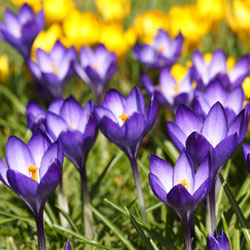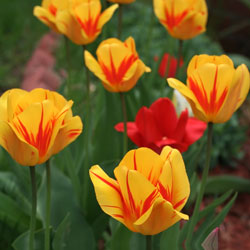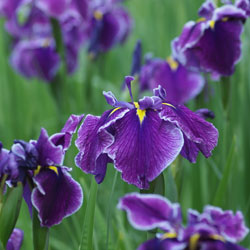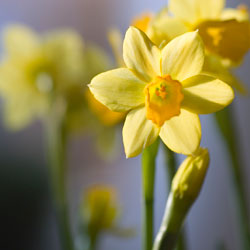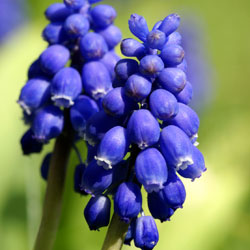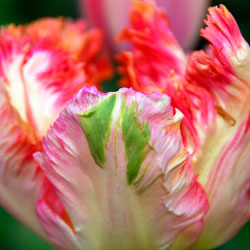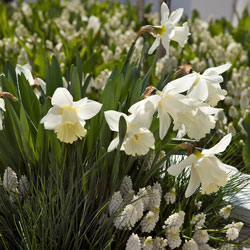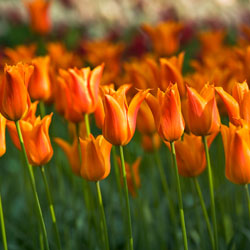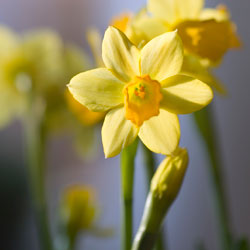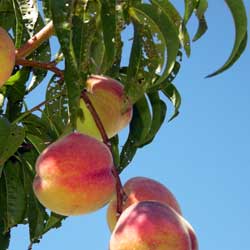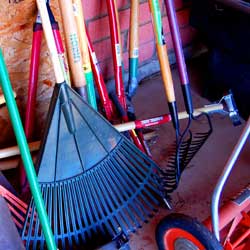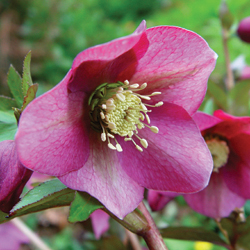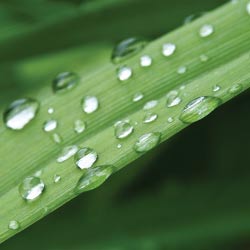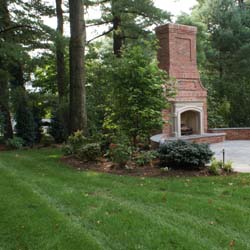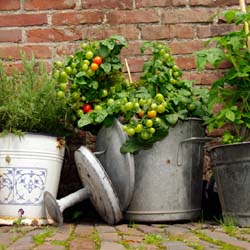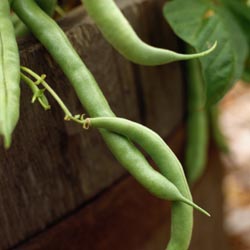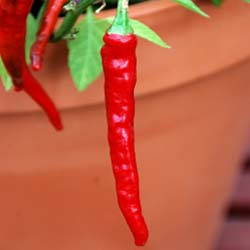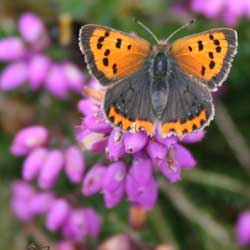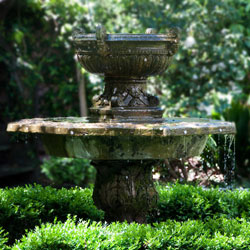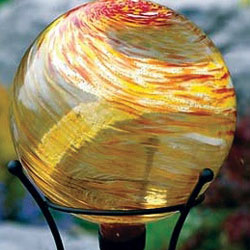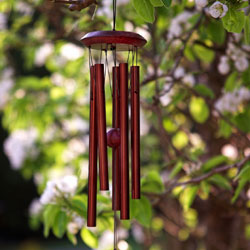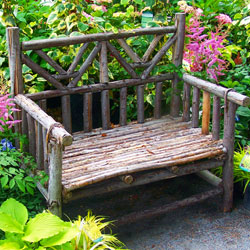It’s a sure sign that fall has arrived when dozen of boxes and crates, adorned with brilliant images of spring-blooming bulbs, appear on garden center shelves. Take a closer look through the pretty packaging, however, and what you see may seem totally unimpressive. It is hard to believe that in just a few short months these diminutive, subterranean dynamos will blossom into amazing forms of living art. What is even more incredible is how very simple and absolutely foolproof it is to achieve this beauty, no matter what shade of green, brown or black your garden thumb may be. These petite organic parcels encapsulate everything necessary to burst into astonishing flowers, and even the most inexperienced gardener can be a floral artist with spring bulbs.
Bulb Varieties
The only difficult thing about growing spring-flowering bulbs is choosing which blooms to showcase in your yard. The sheer variety of flower types, colors, sizes and bloom times is outstanding and virtually limitless, which can be overwhelming. Tulips alone are available in early, mid- and late-blooming varieties in just about every color under the sun, including multi-colored and variegated shades. The stems can be short or long, and the petal count may be single or double. The petals may be colorfully veined, like the ever popular parrot tulip, or fringed on the edges for a lacy look. Some tulips resemble peonies and some resemble crocuses. And that’s just tulips – other spring-blooming bulbs can have just as many varieties to choose from!
This fall, just about every garden center will be carrying at least a few varieties of ever-popular, widespread favorites, such as…
- Allium
- Crocus
- Daffodil
- Dutch Iris
- German Bearded Iris
- Grape Hyacinth
- Hyacinth
- Narcissus
- Tulip
Then there are the specialty spring-flowering bulbs that may not be as familiar, but are stunning additions to the spring landscape, such as…
- Anemone
- Belladonna Amaryllis
- Cassima
- Chionadoxa
- Freesia
- Fritillaria
- Ranunculus
- Snowdrop
- Wood Hyacinth
These are just a few examples of the amazing variety of bulbs available. Which new ones will be the showstoppers in your yard next spring?
Growing Bulbs
What’s most exciting is that if you’ve got soil and sunlight you can grow bulbs. It is absolutely that simple. Where you garden makes no difference at all, whether it is in the city, suburbs or countryside. Bulbs look fantastic blooming in a large landscape, small garden or simply in a pretty pot. They can be planted around trees and bushes, alongside driveways or sidewalks, or even in broad, flowing beds. Because they require very little care and maintenance, bulbs are ideal for busy gardeners or anyone who wants to stick their thumb in the soil but may not have much time to devote to an intensive flower garden or elaborate layout. There are just three steps to growing bulbs…
- Dig: Dig the hole of an appropriate depth for the bulb size – but they aren’t too picky!
- Drop: Drop the bulb in the hole, covering it firmly with soil and a layer of mulch if desired.
- Done! That’s it – the bulb will do the rest with the nutrients it has stored. Just be sure it has water at the appropriate time, and the blooms will amaze you.
So why not get out there and explore this big beautiful world of bulbs? Plan now for your spring floral explosion, and ask your local garden center staff for ideas for the best bulbs to suit your landscape, soil type and climate. Use the web resources, like Pinterest or Instagram, for information and inspiration. Get to your garden center early for the best bulb selection and get excited for unbelievable blooms!
